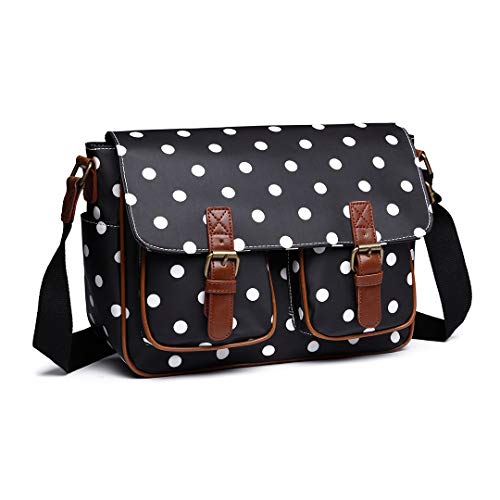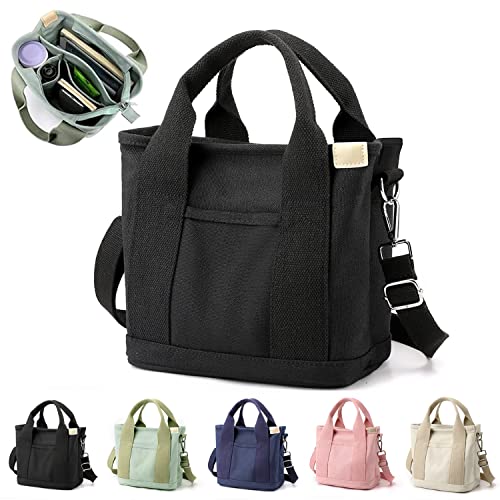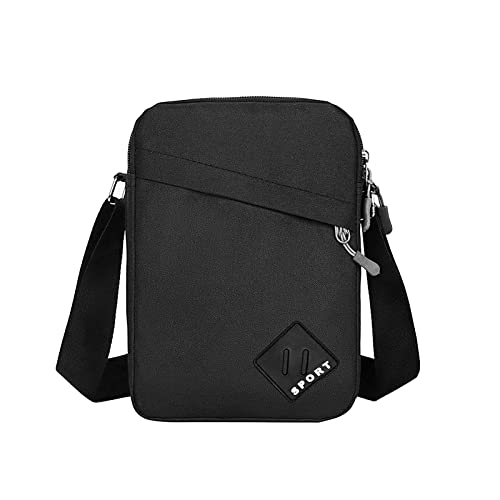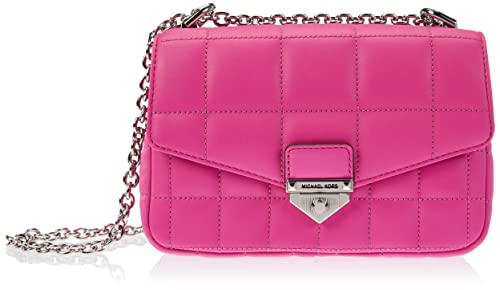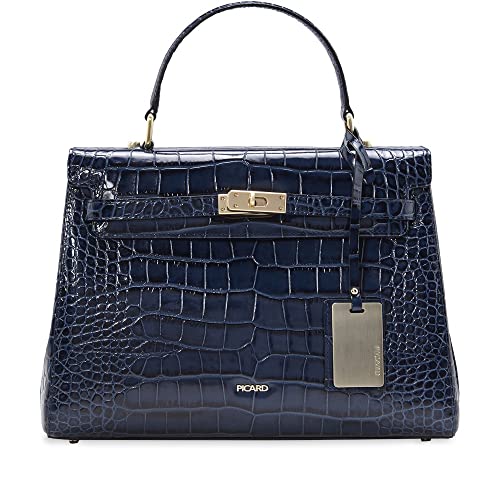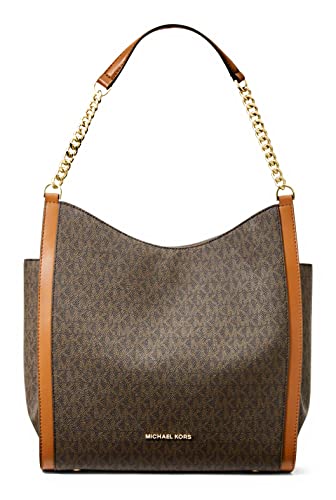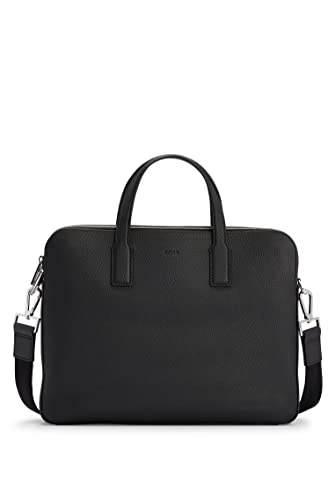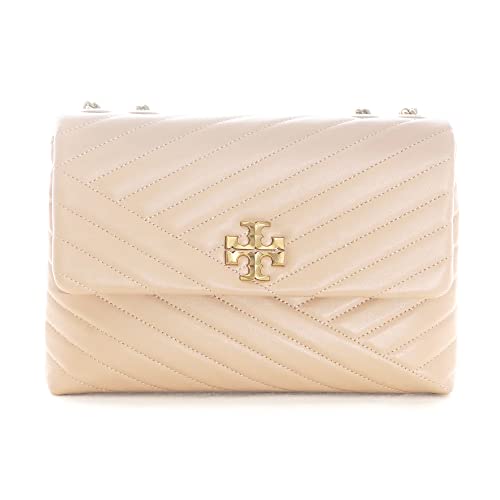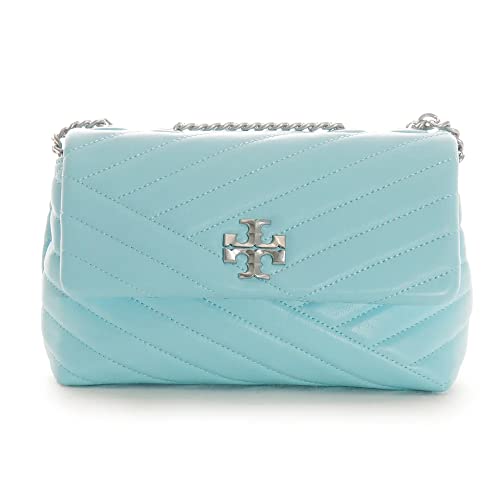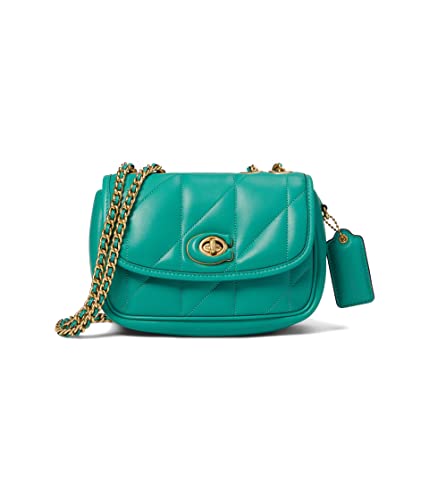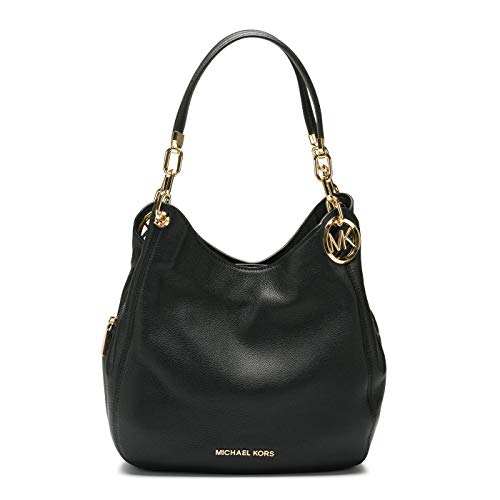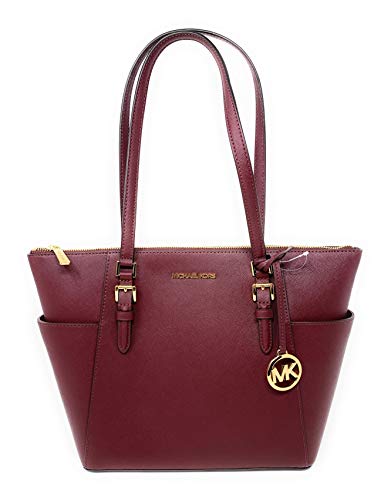Shoulder Bags: The Quintessential Fashion Accessory Across Time and Trends
From ancient civilizations to contemporary catwalks, the humble shoulder bag has been both a functional necessity and a fashion statement, adapting and evolving across eras, cultures, and changing lifestyles. Its omnipresence and continual transformation make it a fascinating piece of fashion history and cultural significance.
A Historical Glimpse
The Genesis: The origins of the shoulder bag can be traced back to ancient times. Mesopotamians, Egyptians, and many ancient cultures used variations of pouches to carry their essential items, secured with a strap and slung across their bodies.
Medieval Marvels: During medieval times, both men and women wore 'pouches' or 'purses' that hung from their belts. These were primarily functional but also began to bear embroidery and ornamental designs, hinting at their future status as fashion accessories.
Renaissance and Enlightenment: As fashion evolved, so did the bags. The intricacies of women's dresses in the Renaissance meant fewer pockets, leading to the popularization of ornate drawstring purses.
Design Evolution in the Modern Era
19th Century: The Industrial Revolution saw a shift in fashion and the necessity of bags. Women's dresses became somewhat simpler, but with the emergence of rail travel, larger bags became essential. Thus, the early prototypes of the modern shoulder bags were born.
20th Century Flourish: The two World Wars saw women stepping into more active public roles. There was a need for more practical fashion, and shoulder bags fit the bill perfectly. The post-war era saw an explosion in fashion creativity, with brands like Chanel and Gucci bringing their iconic shoulder bags to the market.
Components of the Contemporary Shoulder Bag
Material Matters: From leather to canvas, suede to synthetic materials, the choice of fabric has expanded vastly. Luxury brands often opt for premium leather, while many contemporary brands are exploring sustainable and vegan materials.
Functional Features: Modern shoulder bags are a blend of style and utility. Compartments, zipped pockets, adjustable straps, and reinforced bases are now standard features.
Design Dynamics: Today's shoulder bags cater to a spectrum of aesthetic preferences. From minimalist, sleek designs to boho-chic patterns, there's a shoulder bag for every style.
Cultural Impact and Symbolism
Shoulder bags have often mirrored societal shifts:
Feminism and Freedom: The shoulder bag became a symbol of women's emancipation. Being hands-free meant ease and independence.
Status Symbols: Luxury brands with their iconic shoulder bags became indicators of wealth and status.
Ethical Evolution: The rise of ethically made shoulder bags, focusing on sustainability, cruelty-free production, and fair trade, reflects a more conscious consumer base.
Trends and Innovations
Tech-Integration: Some modern shoulder bags come equipped with tech-friendly features like USB charging ports or specialized compartments for gadgets.
Customization: Brands now offer personalization options, from monograms to customizable straps and designs.
Return to Roots: Handcrafted, artisanal shoulder bags, drawing inspiration from indigenous designs, have seen a surge in popularity
Shoulder bags, in their myriad forms, have stood the test of time. They've been constant companions, adapting to our needs, reflecting societal shifts, and echoing fashion revolutions. From a functional pouch in ancient civilizations to a fashion-forward accessory in the 21st century, they've journeyed with us, holding our secrets, stories, and essentials. As we look forward, with technology and sustainability shaping fashion's future, it's intriguing to think about the next chapter in the evolution of the timeless shoulder bag.
